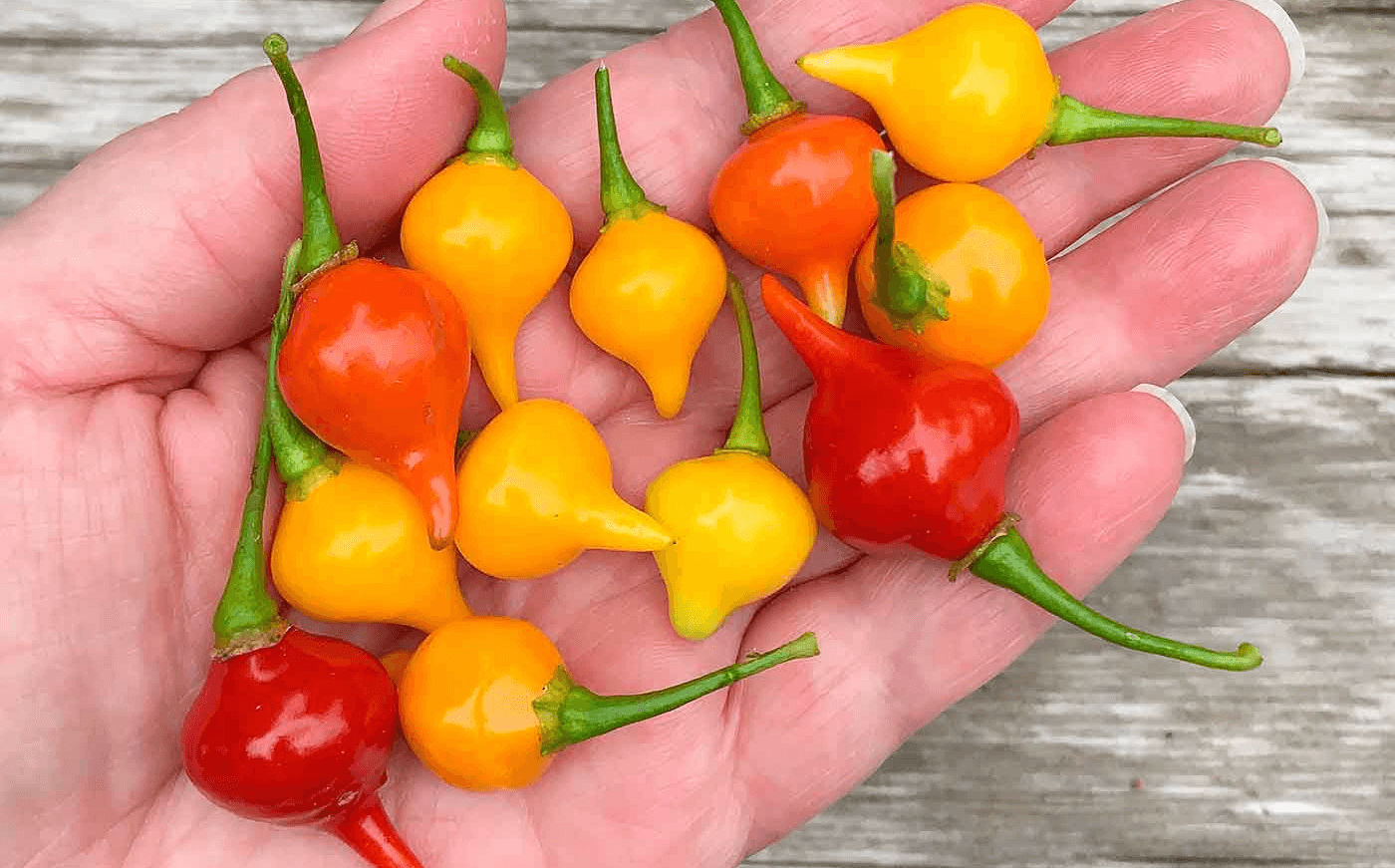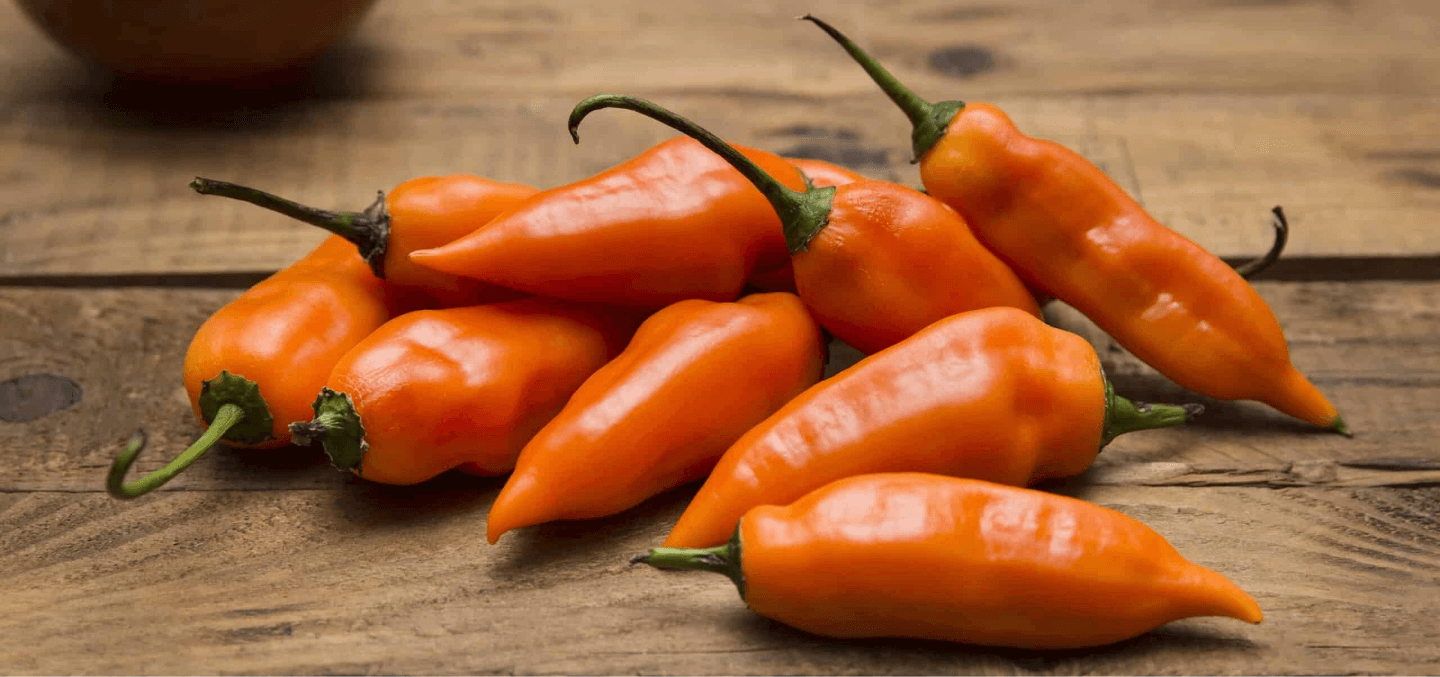The Brasa Spatula School showcases the cooking techniques, recipes and culinary stories of some of the most popular chefs and celebrities from around the world. This series has been created to help readers become better at-home chefs. Follow us on Instagram, Twitter, Pinterest, and Facebook.
I’ve always been passionate about food, largely because of how it brings people together and gets people excited. In high school, I would always experiment in the kitchen by myself before I started cooking for others. Through my education I would continue to explore the culinary world, all the while going to school for everythingother than that.
Even with such a constant hobby, I never once thought to myself maybe I should be involved as a cook, or maybe I should explore the culinary field in some way. That never really happened up until I was doing dead-end jobs in my early 20s and I finally decided to go to culinary school.
The crazy thing is even when I went to culinary school — I went there to be a food critic.When I finally got there, I was like, what was I thinking?
That was 11 years ago. In culinary school I did my internship with the Food Dudes. One of my friends knew one of them, while they sounded like they were doing hot dogs and hamburgers, but they were actually working out of the back of the kitchen with three or four chefs. What drew me to them is all my friends in class were all going to cook at high profile restaurants in Toronto. I just didn’t want to do that, so I went to the Food Dudes.
With culinary school, it’s not just what you learn, but also the relationships you make. I’m still super close with the Food Dudes — they’re on my Instagram page. Everything I do, I represent Food Dudes. I bleed for them.
The first episode of Cityline I filmed, many years ago now, I did it for television. While I don't cook it anymore, it was a panko and herb-crusted tilapia on top of an Israeli couscous salad, full of olives and grapes and sun-dried tomatoes and big flavors. And I did a roasted red pepper chimichurri, which is something that I learned at Food Dudes. I would do chives shooting up on it —there was texture. There was flavor. There's a lot going on in that dish, and it's a fun one to cook.
I have over 100 cooking videos on Chef Dev at Home on Instagram. I try to cook meals that's very accessible so an omelet is an obvious choice because most people have eggs at home. One of those videos I released recently on how to make an omelet. Once you master the omelet, which you can practice every day, then you can start sliding sauteed kale. You can throw grains in it. You can top a salad with the omelet, but the omelet will provide you with a bunch of nutrition and density that'll keep you full, focused, and satiated throughout the morning or whenever it is that you make it. The other cool thing about an omelet is that there’s no wrong time for it.
A lot of people try to ask me about misconceptions with home cooking but I don’t think there really are any, per se. What I find most people don't do is they just don't take that first step. They're too afraid to make a mistake that they don't even venture out and do it. So a lot of people, instead of attempting to make that omelet, they're just going to say, "No, I'm not going to bother doing it today. It's going to be too much of a mess, too much to clean." I think that more than a misconception, people are just too afraid of the unknown.
I’ve always been a big fan of Peruvian cuisine, but my eyes really lit up when I got to Peru in 2016.
I'd been working with Food Dude's umbrella, and I wanted to travel the world and get better versed in Indian food and other cultures. I went to India for a month, Dubai for a month, London for a month. My last of the six months I got away, I arrived in Peru. I had no money left so I ended up couch surfing. I was connected to a chef there by a friend, Alberto, in Toronto, so I went to work there for his restaurant for a few weeks. I traveled it alone, but I met friends on the way. Peru was, without question, the highlight of that 2016 trip for me and I almost didn't go because I was broke — but it all worked out. During this time I realized that there was so much food in Peru that I didn't know about other than ceviche.
A lot of people you speak to, including myself pre-2016, all they know about Peruvian food are ceviches. And then I learned about all these other dishes, and how much depth there is to their recipes.
My introduction to Peru was on that trip in 2016 and when I came back to Toronto, I became good friends with a chef named Elias Salazar. He's a friend of mine and he taught me a lot about Peruvian food. He also gave me an opportunity to cook a lot of it with him and eat a bunch of it too. Elias was a very important point of reference for me when I came back to Toronto, helping me consolidate a lot of what I learned in Peru.
What’s really weird is how great Peruvian cuisine is, yet it is unpopular relative to other international foods.
I know there have been many concepts for Peruvian restaurants that have come to Toronto, but they come and they go. I think the problem is that people try to make it too fancy. It's like when you take Indian food, Pakistani food, Jamaican food and you try to elevate it to becoming high-end, you try to put a bit more refinement into it, and then you start charging more. People aren't used to paying that. I think people don't want to spend a lot of money on Peruvian food in Toronto because they're just not well educated on it. I think that there should be more education on it.
It’s not just up to chefs to raise awareness though — it also has to come from Peruvian people. Peruvians need to familiarize the public a little bit more and make some of these dishes that they call their own, and make them more mainstream. I think that's very, very important to do. So once that's done, then you can start educating people and getting it a bit more popular. I also think using Peruvian dishes to do fusion or an inspiration is a great way to elevate the cuisine’s popularity.

My favourite Peruvian ingredient is rocoto — it's beautiful. I remember biting into it when I was in Peru. It looked like a little red apple, but I'm a big pepper fan and make a lot of hot sauce, as a Guyanese dish and Scotch Bonnet are very, very popular in my culture. My favorite thing to do is to make tiger's milk.
If I had to try and describe Peruvian food, I would say that It's just very earthy, a lot of depth, potato-heavy. For me, the success of Peruvian food lies not only in the multiple altitudes that you have out there, which creates so much diversity in the ingredients that you have, but in the ingredients that areonly found in Peru.
You know if you're making ceviche here, if you use certain ingredients that are native to Peru, the dish turns out significantly differently.
Overall, looking beyond using social media to grow as a chef, what I'd recommend, is finding a chef out there, particularly one you admire or want to learn from, and just reach out to them. There's a lot of cooks out there who are struggling right now. There's a lot of people, period, who are struggling. So if you know a chef in Toronto or Bali — it doesn't matter where — that you dig, you got a little cash kicking around, why don't you reach out to those people directly and set up a Zoom call? I know a lot of cooks need work right now and would be happy to help you learn. Of course you can follow them on Instagram and try to grow that way, but there's nothing like one-on-one and being able to ask questions as they arise and having someone look at you directly while you're cooking.
I’ve mentioned international cuisine a lot, and many parents struggle to get their kids to expand their palettes to include such diverse cultures. For me, there are three main ways to go about fixing this. The first way is to lead by example. If your child sees you doing something enough, they're going to eventually do it. If your child doesn't really eat sushi, and you're eating sushi and sashimi for a few days, that's one way to lead by example.
The second way, which is a little bit deceitful, is to hide it. Take the food and hide it. Blend the vegetables into soup. You want to make mac and cheese? Tuck some broccoli florets into there, make it a bit sneaky, a bit hidden.
The third way you can get your kid to eat food is to pair the less-desired food with something that they're already familiar with or already something that they like. Let's say your child loves tacos, but you want them to eat octopus, make an octopus taco.
If I was to choose anyone to cook a meal for me today, I think I would pick Joel Robuchon and I would pick his famous potatoes. The simple, small ramekin of potatoes. That's what I would want. I've never tried it before. I've watched many videos online of people trying to recreate it. I would probably say that. Or an omelet by Jacques Pepin.





